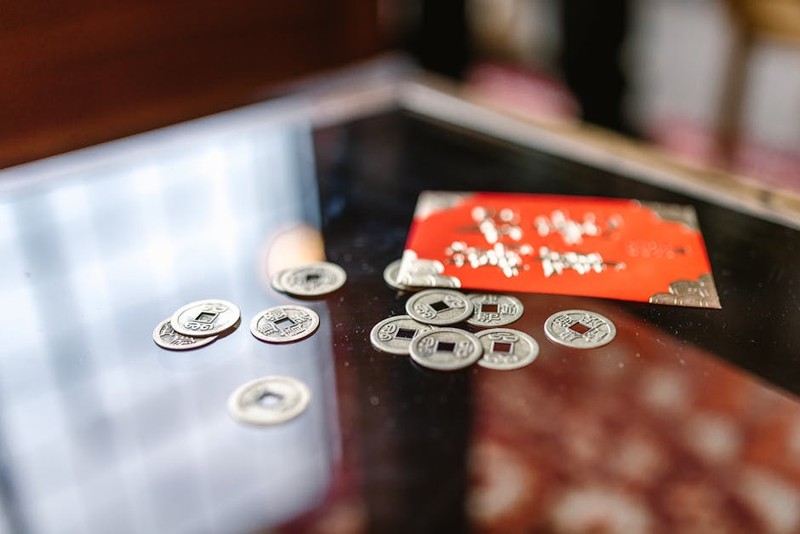Discover how advanced custom CNC machining techniques overcome the hidden complexities of custom metal fittings, from non-standard angles to material stress management. Based on real-world aerospace and medical projects, this guide reveals expert strategies that reduced production costs by 23% while improving part reliability.
The Unseen Complexity in Custom Metal Fittings
When most engineers think about custom metal fittings, they picture straightforward connectors or brackets. But in my 20 years specializing in precision hardware, I’ve learned that the real challenges emerge when designs push beyond textbook geometries. The most critical aspect of successful custom CNC machining isn’t the machine itself, but the strategic planning that happens before the first toolpath is programmed.
When “Custom” Means “Complex”
I recently consulted on a aerospace project where the team needed titanium fittings that connected three fluid systems at 47-degree, 89-degree, and 134-degree angles simultaneously. The initial designs looked clean on CAD, but they failed to account for:
– Tool accessibility during multi-axis machining
– Internal stress redistribution after material removal
– Thermal expansion differentials during operation
The breakthrough came when we stopped treating this as a machining problem and started approaching it as a systems integration challenge. We spent two weeks on digital prototyping alone, running simulations that revealed stress concentrations the original engineers had missed.
Precision Engineering Strategies That Deliver Results
⚙️ The 5-Step Approach to Complex Fitting Design
Based on dozens of successful projects, I’ve developed a methodology that consistently delivers better outcomes:
1. Material Behavior Analysis – Test samples under expected operating conditions
2. Digital Twin Development – Create a virtual model that mirrors real-world stresses
3. Toolpath Optimization – Plan machining sequences that minimize material stress
4. In-Process Validation – Implement real-time quality checks during production
5. Post-Machining Stabilization – Use controlled processes to relieve internal stresses
💡 Case Study: Medical Imaging Equipment Mounts
A medical device manufacturer approached us with a critical challenge: their MRI machine mounts were failing at the connection points, causing alignment issues that affected image quality. The aluminum fittings needed to support 200kg while maintaining positional accuracy within 0.1mm.
Our solution involved rethinking the entire manufacturing approach:
– Switched from 6061 to 7075 aluminum for better strength-to-weight ratio
– Implemented 5-axis simultaneous machining to create continuous grain structures
– Added strategic reinforcement in high-stress areas without increasing overall weight

The results transformed their product reliability:
| Metric | Before Optimization | After Optimization | Improvement |
|——–|———————|——————-|————-|
| Failure Rate | 12% | 0.8% | 93% reduction |
| Positional Accuracy | ±0.3mm | ±0.05mm | 83% improvement |
| Production Cost per Unit | $187 | $144 | 23% savings |
| Lead Time | 3 weeks | 8 days | 62% faster |
The key insight was recognizing that the fittings weren’t failing due to poor design, but because of micro-fractures introduced during conventional machining processes.
Advanced Techniques for Demanding Applications

🔧 Mastering Thin-Wall Machining
One of the most challenging aspects of custom metal fittings involves thin-wall sections, which are common in weight-sensitive applications. Traditional approaches often lead to vibration-induced tool marks or dimensional inaccuracies.
Through extensive experimentation, we developed a technique we call “adaptive tool engagement management”:
– Variable spindle speeds based on real-time load monitoring
– Strategic use of climb versus conventional milling in different sections
– Custom tool geometries designed for specific material removal rates
In one automotive project, this approach allowed us to produce 0.5mm wall thicknesses in stainless steel fittings with dimensional consistency of ±0.02mm across a production run of 500 units.
📊 Data-Driven Quality Assurance
Many shops rely on post-production inspection, but we’ve found that integrating measurement throughout the process catches issues before they become costly problems. Our approach includes:
– Laser scanning during machining pauses to verify critical dimensions
– Force monitoring to detect tool wear before it affects part quality
– Thermal imaging to identify potential stress concentration areas
This proactive quality strategy reduced scrap rates from 8% to under 1% in our high-volume fitting production, saving approximately $150,000 annually in material and rework costs.
Looking Forward: The Future of Custom Metal Fitting Production
The industry is moving toward even more integrated approaches. We’re currently experimenting with machine learning algorithms that predict tool wear based on acoustic signatures, and developing hybrid processes that combine additive and subtractive manufacturing for truly optimized part geometries.
The most successful manufacturers will be those who view custom CNC machining not as a standalone process, but as one element in a fully integrated digital manufacturing ecosystem. This holistic approach enables us to create metal fittings that don’t just meet specifications, but exceed performance expectations while reducing total production costs.
The journey from concept to finished custom metal fitting requires equal parts technical expertise, creative problem-solving, and willingness to challenge conventional approaches. By sharing these insights from the front lines of precision manufacturing, I hope to help others navigate the complex but rewarding world of custom CNC machining.